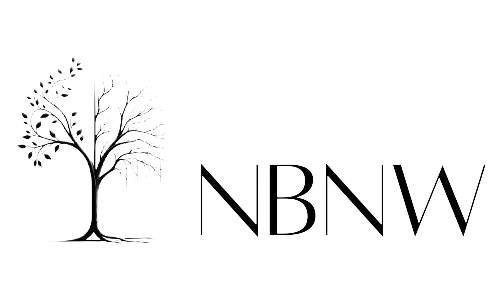

By Nabab - Apr 30, 2024
Remember when Big Tech promised to make our lives easier? This article exposes the truth behind their "free" services. Many companies follow a troubling pattern: offering a fantastic service at a low price to build a user base, then prioritizing profits over user experience. This can mean tiered service options, manipulative tactics to lock you in, and fragmented content forcing you to pay more. See how companies like Uber and Netflix are using these strategies, and discover how to protect yourself.
LATEST
Remember the heady days of app ubiquity? When hailing a cab became a tap away, and a universe of movies resided in your pocket? Big Tech painted a picture of effortless convenience and endless entertainment. But beneath the shiny surface lurks a truth we can't ignore – those "free" services often come with hidden costs, chipping away at our wallets and, sometimes, our privacy.
Take Uber, for instance. We were all initially charmed by the ability to summon a ride at a ridiculously low price. It felt revolutionary! However, that initial affordability has morphed into a system riddled with surprise fees. Surge pricing, a dynamic algorithm that adjusts fares based on demand, can turn a routine trip into a financial gut punch. And who can forget the ever-present pressure to upgrade to premium services for extra legroom – a benefit that used to be included in the base fare? The convenience factor remains, but at a steadily increasing cost.
The story unfolds similarly with streaming giants like Netflix. The platform that once promised an all-you-can-watch paradise now operates on a tiered subscription model. The basic package might offer a decent selection, but features like crystal-clear high-definition or the ability to share your account with family come at a premium. This "freemium" model, where basic features are freely accessible but desirable upgrades require payment, creates a sense of frustration. It's like being invited to a lavish buffet, only to find out the good stuff costs extra.
But it's not just about the money. Big Tech's strategy relies on subtly manipulating our behavior. Free trials with confusing cancellation windows can lead to unintended subscriptions. Targeted advertising bombards us with upgrade enticements, blurring the line between what's free and what's paid. These tactics aim to create a sense of dependence, locking us into a cycle of paying for services we initially believed were free.
So, how do we navigate this new reality? The key is to become a savvy consumer. Read subscription terms and conditions with a critical eye. Understand free trial limitations and set reminders to cancel if needed. Don't be afraid to explore alternative services – competition in the tech world is fierce, and you might find more transparent pricing models elsewhere
Remember, "free" rarely exists in a vacuum, especially when Big Tech is involved. By being aware of their tactics and making informed choices, we can reclaim control. Convenience shouldn't come at the expense of our financial well-being or data privacy. The golden age of apps may be fading, but with a bit of vigilance, we can ensure it doesn't become an era of hidden costs.